




 [Radtour SŘd1]
[Radtour SŘd1]
Dorsten's History - Station 17: Altendorf Ulfkotte Translation: Lyn
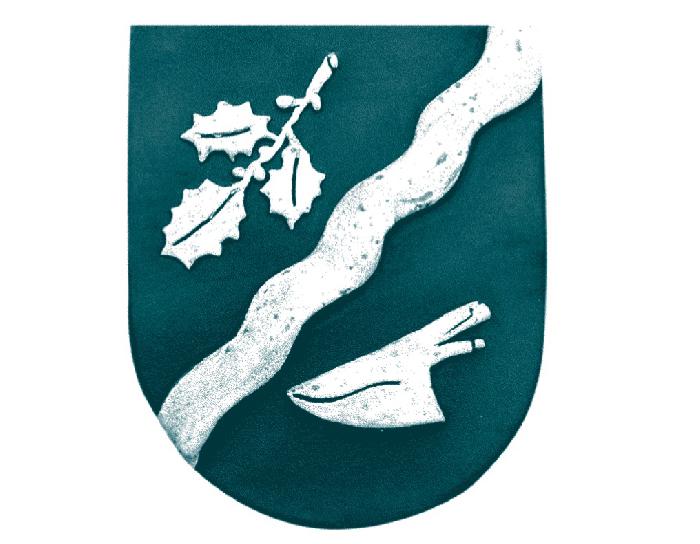
On the 16th March 2004, the history station plaque of Altendorf-Ulfkotte was officially opened. The 17th hisotry station plaque should be given to the citizens of Altendorf-Ulfkotte during a small official festivity.
In the end, it was, however, a larger festivity because a large number of citizens didn't want to miss out on coming to the Kardinal-von-Galen School and being part of the festive occasion. Wolfgang Gorniak, headmaster of the Petrinum Grammar School and member of the Lions Club Dorsten-Hanse was completely surprised about the large audience. "I think it is fantastic, that so many citizens have come here and that shows, that they have a lot of interest in the history of their location" (ÔÇ×Ich finde es ganz toll, dass so viele B├╝rger hierher gekommen sind und damit zeigen, dass sie gro├čes Interesse an der Geschichte ihres Ortes haben." )
|
|
um 2000 v. Chr. |
_ |
Barrows* ("H├╝gelgr├Ąber"), in the present-day area of the commune, are signs of an earlier settlement. | |
|
The world population is 320 million people
| _ |
900 |
_ |
Altendorf-Ulfkotte belongs to the manorial system of the noblewoman Athalgrad in Dorsten. |
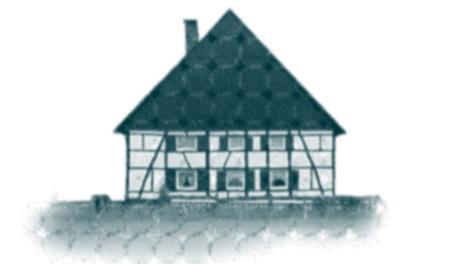 Old Farmhouse |
vor 1075 |
_ |
The noblewoman, Imeza, gives the the manorial systm of Dorsten to the Canons of Xanten Hof. As a consequence of this, Altendorf and Ulfkotte belong to the Xanten diocese Dorsten "Xantener Pfarre Dorsten". | |
|
Henry the Lion
| _ |
1150 |
_ |
"Aldenthorpa" contributes donations to the Abbey in Werden. The lords of the manor of indivdual courts are, other than the Benedictine Abbey at Werden, the Archbishop of Cologne and most importantly the canonical order at Xanten. |
|
In Flanders, the textile craftsmen revolt against their dependence on the merchants.
| _ |
um 1280 |
_ |
In the Xanten Cathedral register for donations, "Hulslar (laterr Ulfkotte) et Aldendorpe" are named. |
|
|
15./16. Jh. |
_ |
As a consequence of the purchase of individual farms, the town of Dorsten becomes lord of the manor in Altendorf-Ulfkotte. | |
|
The Dutch found the Cape Colony in South Africa.
| _ |
1602 |
_ |
The Archbishop of Cologne authorises the erection of the Mill, "Rapphofs-M├╝hle" at "Hasselbeke". |
|
|
um 1765 |
_ |
The construction of the Gahlener coal transport route "Gahlener Kohlenweg" has great significance for the farming communities of Altendorf and Ulfkotte. | |
|
|
um 1800 |
_ |
The first school "Schule zu Gr├Ąvingheide" is built. The present-day school "Kardinal-von-Galen-Schule" will be built in 1966. | |
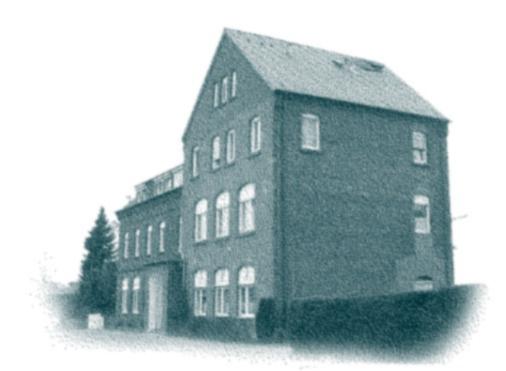 School Buildings, after 1900 |
1841 |
_ |
Altendorf-Ulfkotte belongs, as an independent commune with its own mayor, to the newly-created local authority of Marl. | |
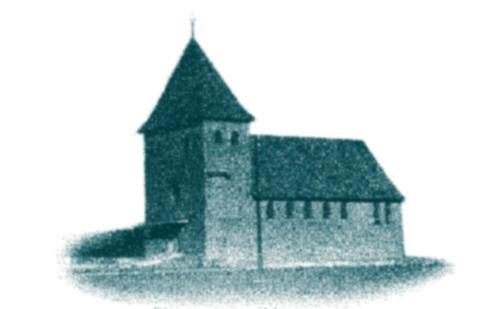 Protestant Church |
1938 |
_ |
The first Catholic Church (Hl. Kreuz) is built. Following the construction of the new Parish Church (1973), the Protestant (Evangelische) church congregation of Dorsten uses the old church buildings as a place of worship. | |
|
The American astronaut, Neil Armstrong, is the first man to walk on the moon,
| _ |
1969 |
_ |
The company "Ruhrkohle" starts up the operation of the ventilation shaft ("Wetterschacht") at the site of the road "Polsumer Weg". |
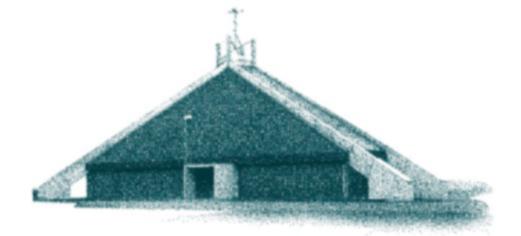 The official opening / consecration of the Catholic Church Hl.Kreuz - 1973 |
1975 |
_ |
As a consquence of the communal restructuring, Altendorf-Ulfkotte belongs to Dorsten, again. Simultaneously, T├Ânsholt, a former district of Kirchhellen, is annexed to Altendorf-Ulfkotte. | |
|
|
1984 |
_ |
A decision is made to build a slagheap for the MIne "F├╝rst-Leopold-Baldur". Several farms have to give up lands for the slagheap "H├╝rfeldhalde". | |
|
M. Gorbachev becomes head of state of the USSR
| _ |
1988 |
_ |
The completion of the multi-purpose hall is a big gain for the social life of the community. |
[zurück]
Daten und Fakten
Eröffnung - 16th March 2004
Adresse - The School "Kardinal-von-Galen-Schule"
Geodaten - 51┬░38'07.5 7┬░00'41.2
Official Opening on 16th March 2004
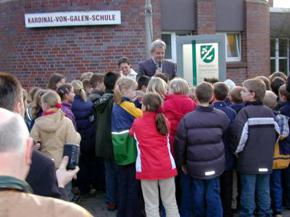
Mayor L├╝tkenhorst with the pupils of the 3rd class of the school
Even the youngest contributed to the success of the festivities. The third class of the school "Kardinal-von-Galen-Schule" had learnt a poem with their teacher Maria Diekmann and earnt a lot of applause for reciting it. The mayor "didn't want to be outdone" ("wollte sich nicht lumpen lassen") by so much participation. Following his well-chosen words of greeting, he briefly summoned the primary school pupils to the still-covered plaque. With much applause and combined efforts, they managed to reveal the new plaque for the History Station.
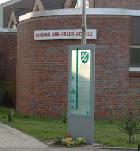
The girls and boys promise to look after
Now, citizens, who are interested in the history of Altendorf-Ulfkotte can gain an overview. From the first settlement, 2000 years ago, to the construction of the first Catholic Church, to the completeion of the multi-purpose hall. Everything can be read about, completely.
Quelle: www.altendorf-ulfkotte.de Source: www.altendorf-ulfkotte.de

